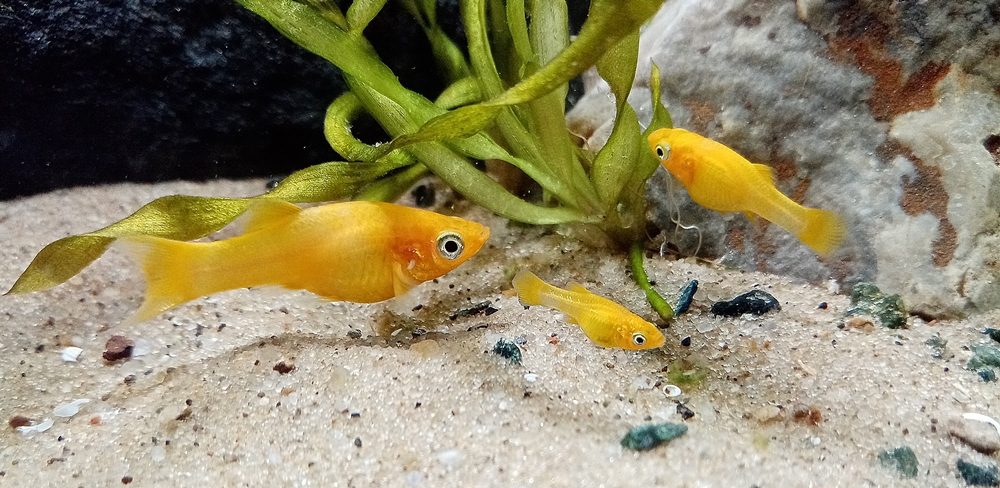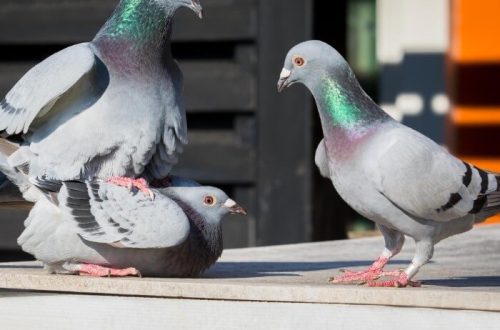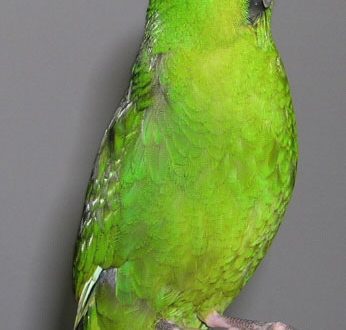
Molliesia balloon, sphenops and velifera: features of maintenance and reproduction
Molliesia (Mollienesia) refers to viviparous carp-tooth-shaped fish from the family Poecilia (Poecilia). In the wild, mollies are widely distributed. They live in fresh and brackish waters and on sea coasts. Different types of mollies live in different water bodies of North and South America.
So, velifera mollies live only in the lakes and rivers of the Yucatan Peninsula, and latipina mollies inhabit the brackish waters of Virginia, Florida, Texas and the Carolinas. Molliesia sphenops lives in Central America.
Contents
Description of aquarium fish Mollies
Mollies are very popular with aquarists. Mollies have been kept in captivity since 1899, and in 1920 various hybrid forms with a variety of colors were bred. Over the years, the popularity of these beautiful viviparous fish has only increased.
In nature, these fish are yellowish gray or silver color bodies with bluish, bluish, black or green spots, the abdomen is usually lighter and without spots. The body is dense, short, the fins are wide and strong.
In this species of fish, the females are larger than the males. Under natural conditions, females can reach a length of 12–16 cm, and males only 9 cm. In aquariums, mollies grow up to 6–10 cm.
Types of mollies
There are quite a few types of mollies grown in aquariums. Among them there are both natural and hybrid forms of this fish. The most common types of mollies are:
- M. Velifera or sailing.
- M. sphenops (M. Lyra, Black mollies).
- M. free.
- Marble or white mollies (“snowflake”).
- “Golden” mollies or albino.
- M. latipina or broadfin.
- M. dwarf.
- M. Peten.
- M. red or “red leopard”.
- M. yellow.
- M. silver spotted or M. Dalmatian.
- M. balloon.
- M. orange.
- M. high-fin green.
- M. high-fin orange.
- M. high-fin silver.
Velifera or sail mollies
The birthplace of this fish is hot Mexico. Velifera is considered the most beautiful view mollies. The body color of the velifera varies from green-blue to silver, dots of a more saturated color add up to bizarre patterns.
The fins are transparent with mother-of-pearl inclusions. The dorsal fin of adult males of irregular trapezoidal shape reaches an impressive size.
On the upper edge of the dorsal fin of the male is bordered by a chain of luminous red, yellow and blue dots. In males grown in good conditions, transparent fins can be seen pattern of symmetrical luminous lines.
Females are much paler and more modest than males. The fish of this species are quite large, even in an aquarium they grow up to 1 3–1 6 cm.
Unfortunately, this wonderful fish is now rarely found in aquariums. This is due to certain difficulties of its breeding. Velifers are very whimsical and capricious. They live in brackish warm water. Velifers love live food with the addition of algae. This species of fish grows quite slowly – males reach maturity only after a year.
If the conditions of keeping the velifera are not optimal, the fish grow up pale and ugly, and the dorsal fin remains at the level of other species. And the fish loses its special beauty.
The necessary conditions:
- Temperature 24–26 g.
- Salinity up to 8%.
- Volume 70 liters per pair.
Molliesia sphenops
This fish is also known as black molly and Molliesia Lyra. This is the most famous type of mollies. Sphenops have a dense oblong body, a large head and large eyes. The fins are small, the tail is rounded.
In the aquarium, males grow up to 6 cm, and females up to 10 cm in length. In captivity, these fish live up to 5 years. Natural sphenops are painted in silver or yellowish color with blue, black or green spots. The velvety black mollies were artificially bred and became very popular among aquarists.
There are several varieties of black mollies. In addition to classic fish with simple fins and medium sizes, there are Mollies with high sail fin, as well as fish with an elongated dorsal and caudal fin.
Another of the hybrid forms of sphenops – yellow mollies. It is better to keep sphenops in a flock – these are very active and sociable fish. Sphenops love sunlight. There must be living plants and special shelters for fish. Gravel is best for soil.
The necessary conditions:
- temperature 24–27 g;
- dG H 11–25 gr;
- pH 7,5–8;
- volume 10 liters per pair.
Marble mollies
She is also called “snowflake” or white mollies. This hybrid form of sail mollies was bred in the 90s. Mollies white or “snowflake” got its name because of the amazing delicate color.
Dazzling white body bluish tint, black eyes and white fins with a blue tint make the fish fabulously beautiful. The size of adult fish is 10–12 cm. These fish love space, they are unpretentious, calm, get along well with other species.
The necessary conditions:
- water temperature 23–27 gr;
- dG H 8–25 gr;
- salinity 5%;
- pH not less than 7;
- volume 60 liters per pair.
Mollies latipin or broadfin
This fish lives in southeast and southwest America. Latipina is very similar to the sail mollies, but differs in rather modest size and a small sail-like dorsal fin.
Its coloration is dull greenish brown with red, blue or green dots. The fins are blue or transparent with black, orange or blue dots. Latipin is very rarely bred in aquariums.
Mollies red or “red leopard”
These fish are bright red or red-orange color, sometimes with black spots, for which they received the second name – “red leopard”.
Peaceful, calm fishThey love aquariums with lots of plants. Under good conditions, a leopard can grow up to 12 cm.
Leopards are vegetarians, prone to gluttony. To preserve and enhance the bright color, it is necessary to add to the diet with a high content of carotene.
The necessary conditions:
- temperature 20–28 g;
- salinity 8%;
- pH 7–8,5;
- dG H 10–25 gr;
- the volume of water is 50-60 liters per pair.
Mollies orange
One of the most beautiful forms of sphenops. Loves bright sunlight and dense vegetation. Orange mollies, yellow mollies and red leopard mollies need foods high in carotene to maintain their bright colors. It can grow up to 12 cm, but more often its dimensions fluctuate between 5–7 cm.
The necessary conditions:
- temperature 23–28 g;
- salinity up to 8%;
- pH 7, 0–8,5;
- dG H 10–30 gr;
- the volume of water is 50-70 liters per pair.
Mollies ballon
A hybrid form of broadfin mollies. Highly beautiful and unusual fish. The main distinguishing feature of the mollies balloon is a swollen, round abdomen. There are veil and color forms. The size of the mollies balloon can vary from 2 cm to 13 cm.
If the aquarium is small or the density of fish is high, the mollies will be small, but in a large spacious aquarium, the fish will grow large. Fish can eat plants if their diet is low in plant foods. The balloon is a big glutton and often passed, so once a week they need have a hungry day.
The balloon is a very beautiful fish, but they do not live long. Their unusual shape is due to the curvature of the spine – scoliosis. This is a congenital disease that cannot be cured.
The necessary conditions:
- temperature 20–25 g;
- salinity up to 8%;
- dG H 10–25 gr;
- p H 7–8,5;
- the volume of water is 50-70 liters per pair.
Mollies nutrition and possible diseases
Mollies are omnivorous fish. They are happy to eat algae from the walls of the aquarium, eat filamentous algae and can eat plants in the aquarium. Mollies are being fed vegetable, dry and live food.
These fish love spacious, bright aquariums, with lots of plants and gravel soil. It is necessary to place pebbles, snags or other shelters at the bottom.
If the water temperature in the aquarium is too low or too high, mollies can get sick. They are very sensitive to the oxygen content in the water. Under bad conditions, the fish become sluggish, lie at the bottom and subsequently die.
The most common disease of mollies is skin diseases. To prevent fungal diseases, many experts recommend adding salt to the water in the aquarium (salinity is not more than 5%).
Mollies are peaceful, active fish. They are non-aggressive and get along wonderfully with other fish that are similar in size. You should not keep mollies and tiger barbs in the same aquarium. Barbs will bully mollies.
Breeding and reproduction of mollies
Mollies are viviparous fish. Depending on the species, they reach maturity in 5–12 months. Pregnancy lasts 30-40 days. Pregnancy can be determined only by the enlarged abdomen of the female. The fry are born fully formed.
No special breeding conditions are required for the fish. It is enough to plant a female and a male together. The female can give birth every 3-0 days. In order for the fry not to be eaten by adults, the female must be placed in a separate aquarium in advance.
The fry feed on food for adult fish, crushed into powder. The fry grow well and quickly, but to accelerate growth, you can feed them with chopped tubule.
Mollies are one of the most beautiful fish. The content of most species is simple and accessible to novice aquarists. Velifera mollies and balloon mollies are more difficult to breed, they need meticulous care and constant supervision. These species are more suitable for experienced aquarists.
But all the worries and troubles are compensated by beautiful fabulous fish flashing among the green algae.





